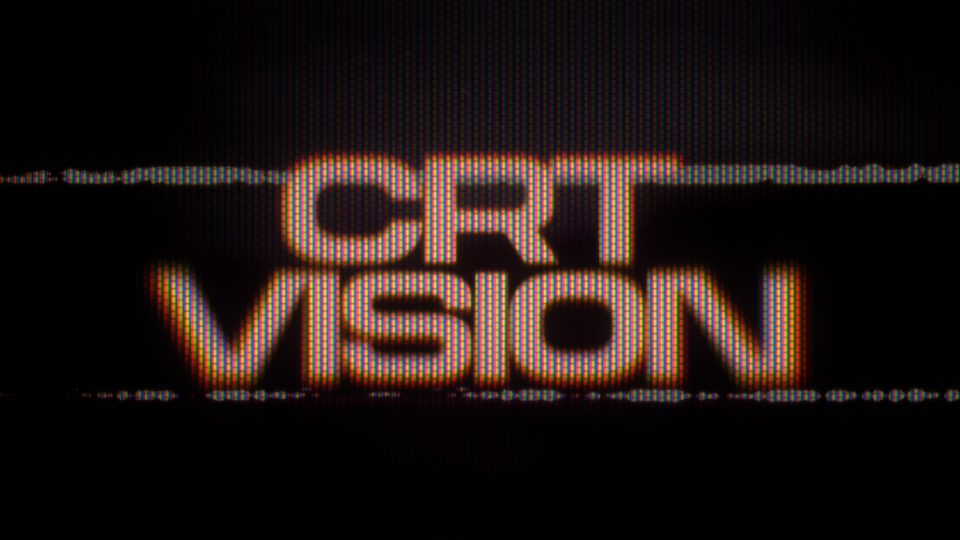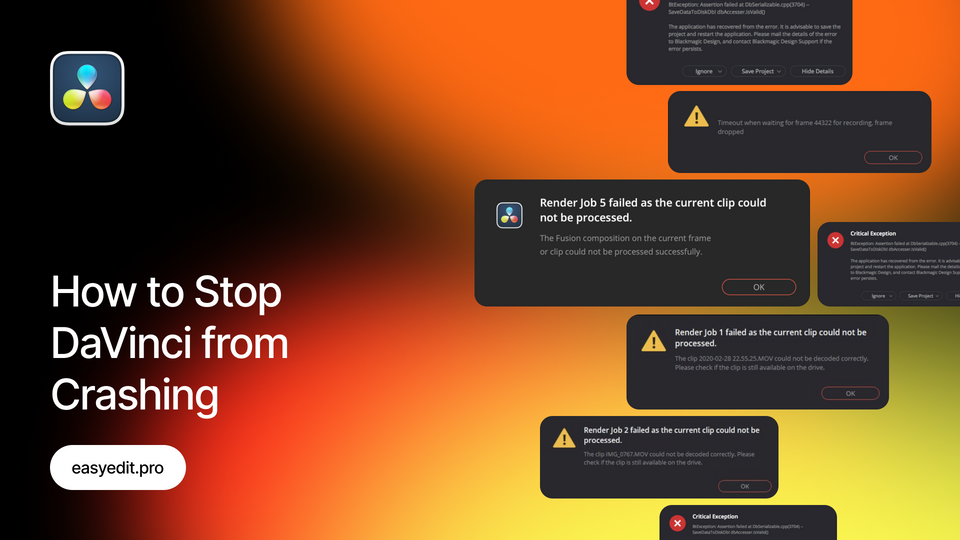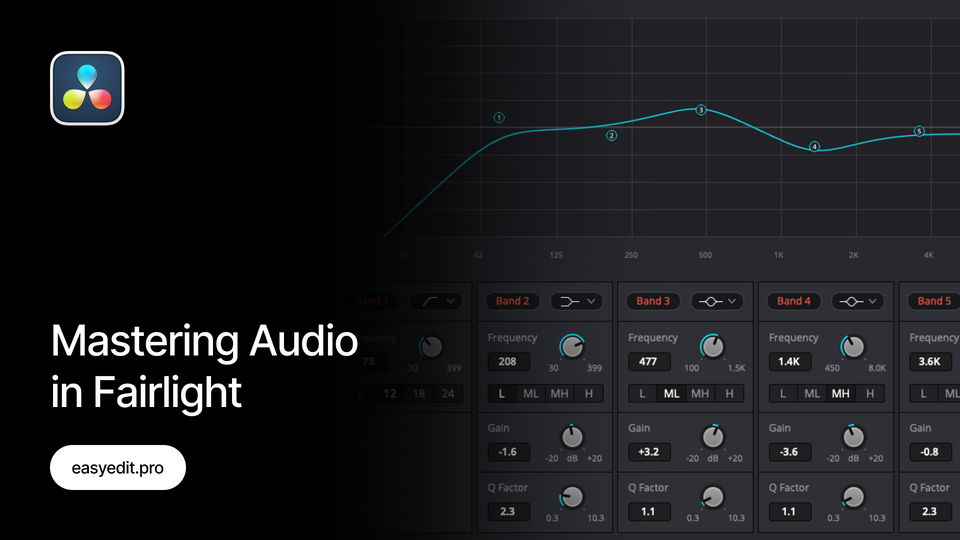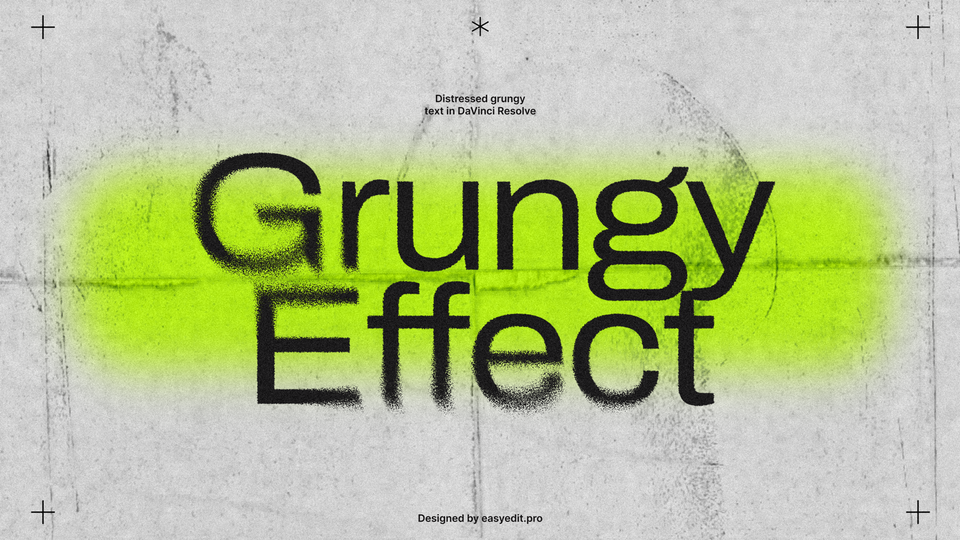
Created: last year
Add Motion Blur in Davinci Resolve (Free and Studio versions)
Hello, editors!
In this easy guide, we’ll create a Motion Blur effect in both free and studio versions of DaVinci Resolve.
Let’s get started!
Motion Blur in the free version of DaVinci Resolve
Add Motion Blur
Open the Fusion tab and go to the Effects menu.
Here, search for the Optical Flow effect and add it. Now you have the Node with effect applied.
Another effect you need to add is a Vector Motion Blur effect. Once you have these two Nodes added, you can achieve a Motion Blur effect.
If you need to decrease or increase the blur intensity, click on the Vector Motion Blur Node and go to customization settings. Use the Scale parameter to increase or decrease the blur amount.
Adjust Motion Blur
Additionally, you can keep the blur in a particular area of your clip(for example, if you have UI elements or important text in your video that is now affected by the blur).
To fix this, you need to duplicate the video with the blur, go to the Fusion tab, and remove the Nodes with effects.
Now, go to the Color tab. Here, pick the Curve tool and select the elements you want to remove the Motion Blur from.
Go to the Node section of the Color tab and right-click on it. Select Add Alpha Output from the list.
Now, simply connect blue Node squares to apply the changes. It will fix the Motion Blur in the areas where the effect is not needed.
Motion Blur in the Studio version of DaVinci Resolve
Here are two easy ways to apply Motion Blur in the studio version of DaVinci Resolve. Of course, both are much faster than creating this effect in the studio version.
Add Motion Blur via Effects
Go to the Color Tab. Select the Node with your video, go to effects and write down Motion Blur.
Apply it to your video. Here you can see the Motion Blur effect controllers and customize them:
In the Motion Estimation controller, switch the quality to Better for more realistic results.
You can also keep the default Faster quality mode in case your PC is not powerful.
In the Motion Range controller, you can switch the amount between Small, Medium and Large. The option depends on the amount of movement in your video and wether you want to apply Motion Blur to a smaller or larger area.
And to apply the effect itself, drag the Motion Blur bar, until you’re satisfied with the result.
The best is to keep the amount of blur reserved, so the effect won’t look exaggerated.
Add Motion Blur via Motion Effects
Alternatively, you can use another way of adding Motion Blur to your clip.
Go to the Color Tab. Select your Node and go to the Motion Effects menu. You’ll see the same controllers for the Motion Blur effect here.
Finally
We hope this guide was useful for both free and studio version users of DaVinci Resolve!If you’re interested in more Resolve guides, check our Educational Blog.Here you’ll find solutions for changing the framerate in DaVinci Resolve, how to export from DaVinci Resolve to various social media, how to make Resolve run faster and much more!
Unlock unlimited templates for DaVinci Resolve - join EasyEdit Stock to get the highest quality LUTs, transitions, text effects, and more, with assets updated daily!
10k elements for Reels and Stories
Looking to add a splash of creativity to your Instagram stories and reels? You're just a click away! Discover our iOS app infi: packed with 10,000+ unique stickers and design elements to breathe life into your social media content.







